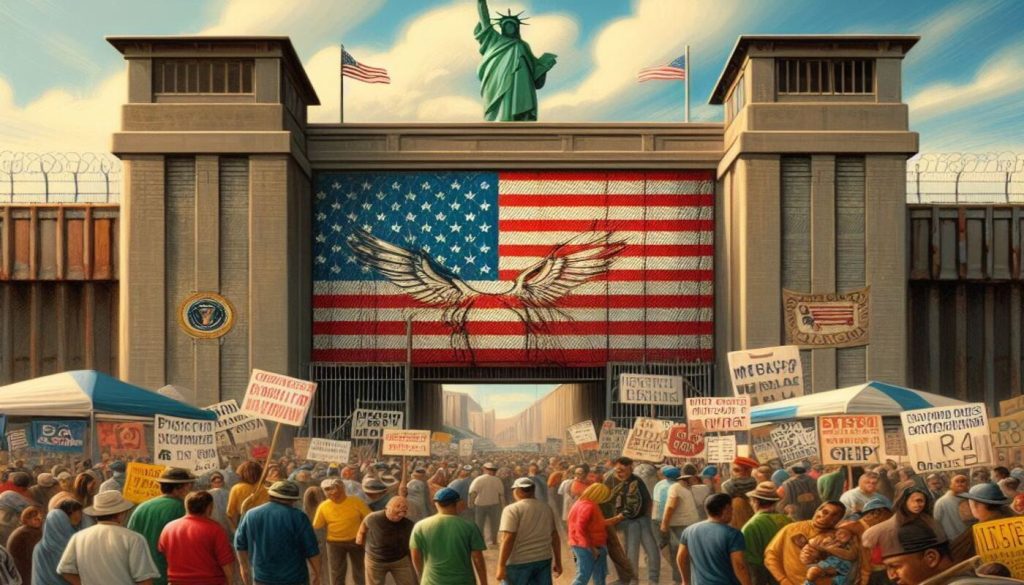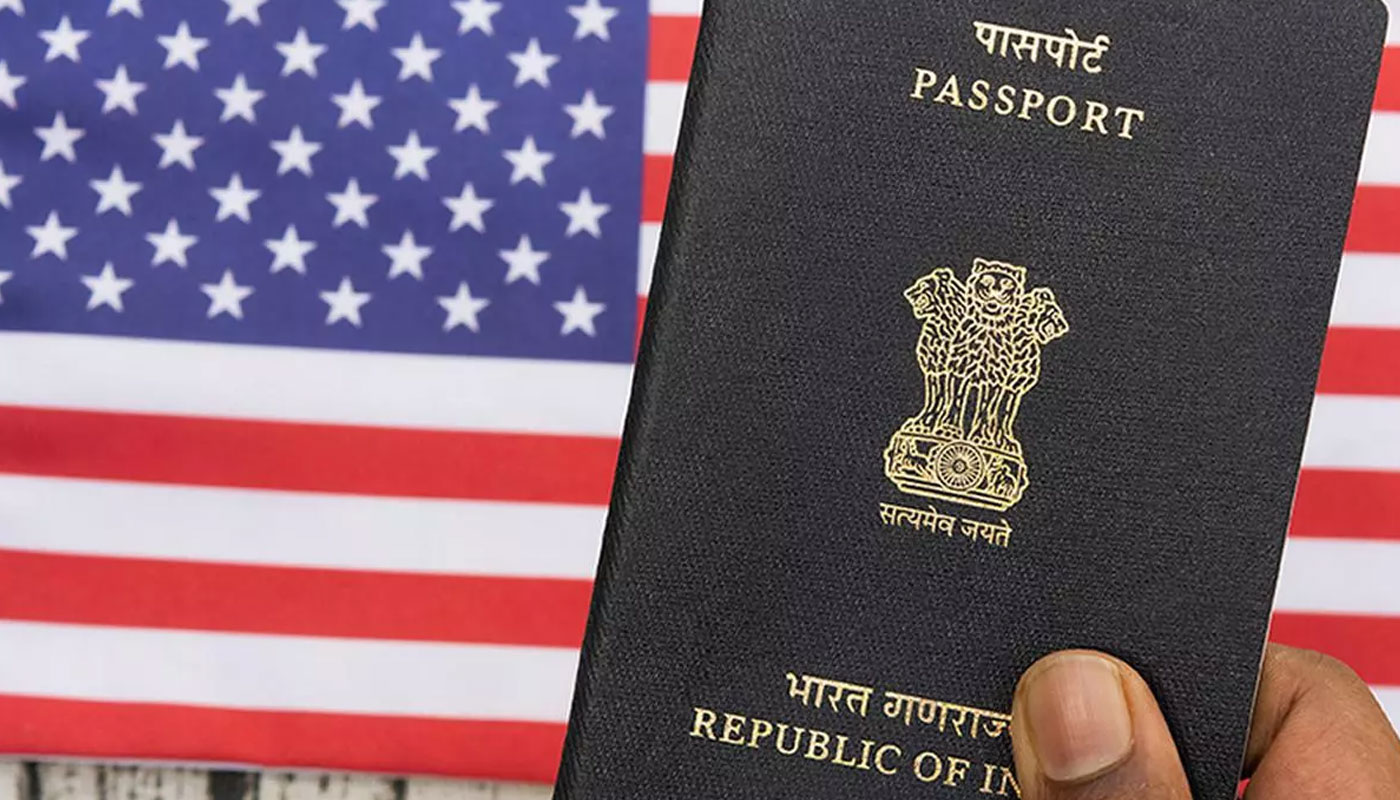Despite efforts to tighten asylum restrictions for individuals crossing the U.S. border, the impact remains minimal due to budgetary constraints. Nearly a year ago, U.S. asylum officers were directed to implement a more rigorous screening standard for those seeking asylum after illegally crossing the border through another country. The aim was to filter out weak claims not meeting specific grounds for protection, such as race, religion, or political opinion.
Inside expansive white tents near Tucson International Airport, where approximately 1,000 migrants are housed, Border Patrol agents demonstrate efficient procedures, releasing detainees within two days for immigration court appearances at their final destinations. However, the absence of asylum officers at this operations hub, responsible for initial screenings, highlights the understaffing issue, hindering the effective application of the higher screening standard.
While the Biden administration considers the elevated standard a cornerstone of its border policy, the limited application in a small percentage of arrests underscores the challenge of aligning ambitions with budgetary realities. The recent failure of a $20 billion spending plan for border security has prompted a reassessment of priorities. With U.S. Immigration and Customs Enforcement facing a $700 million shortfall, potential measures include reducing detention beds from 38,000 to 22,000 and fewer deportation flights, emphasizing the ongoing impact of constrained budgets on border enforcement.
Source: Independent

















